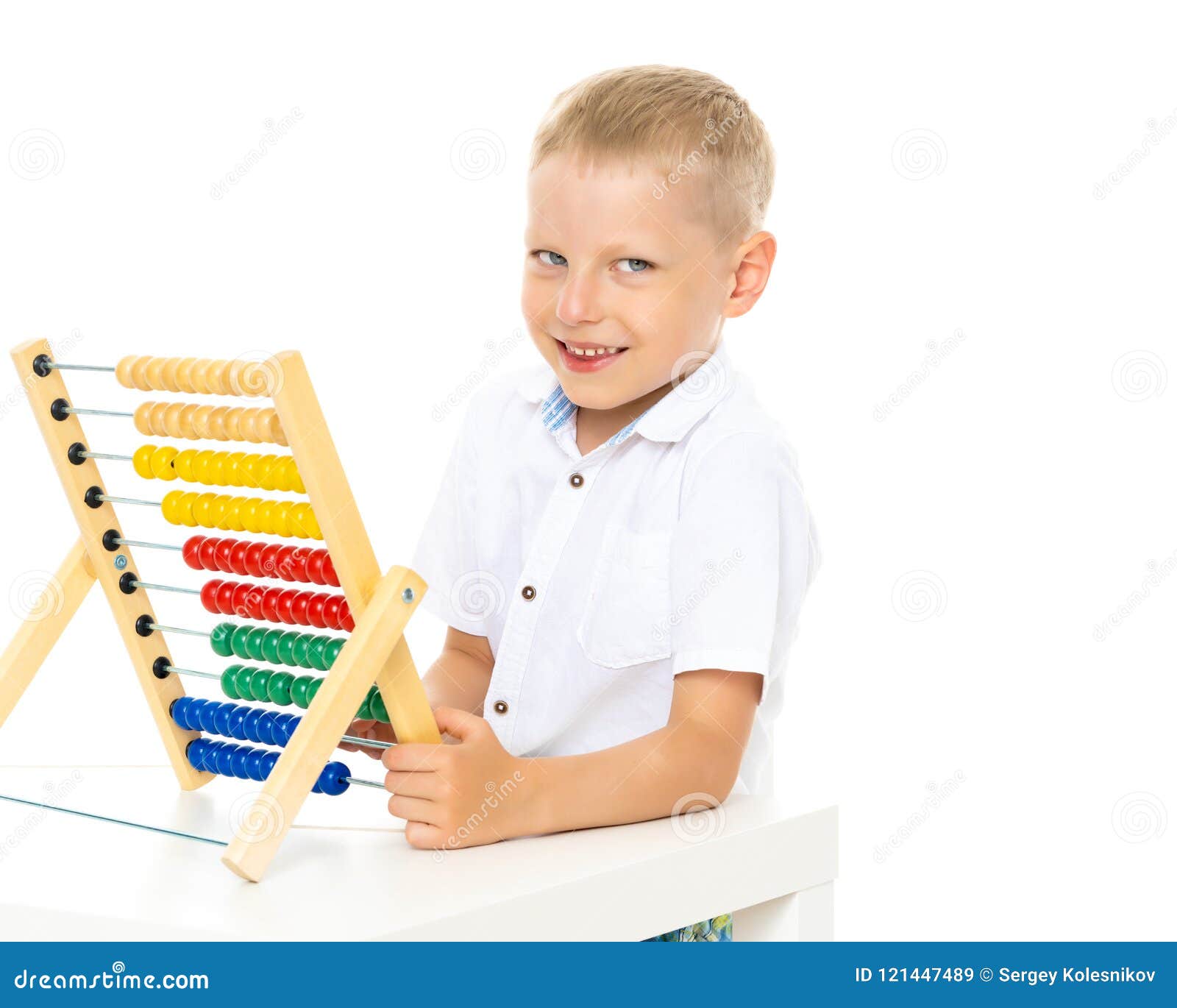

Using the Abacus Learning Methodology one needs to have an Abacus tool.They can learn all the basics of Mathematics like Addition, Subtraction, Multiplication, Division, Square, Square Roots, Cube, Cube Roots. Using Abacus, kids can strengthen their basement in mathematics.So it is a proven fact that kids will enjoy learning mathematics using an abacus. Abacus has been used in Schools for years.Using the abacus, as a teacher, it will be easier for you to each kid’s mathematics. There are a lot of advantages for the kids who are using the abacus.People are using the abacus as a source of learning form a long time as they are getting benefits from it. What is the scope of learning abacus in India?.How many beads are there in the Japanese abacus?.How does Abacus help brain development?.What are the different types of abacus?.What were the disadvantages of the Abacus?.

Difference between Abacus and Vedic Mathematics.Those who are visually impaired make use of the abacus instead of using an abacus. Most of the Countries still use Abacus to teach their kids mathematics using the abacus. Using this tool apart from performing the basic operations we can work on Square, Cube, Square roots, and Cube Roots. Using their abacus you can calculate for several digits, not just up to one to ten. In Japan, it is used for practical calculations. In today’s era, the abacus is used for multiple purposes like arithmetics by dividing the beads into 10. Previously, Abacus was used just for addition and subtraction but eventually, people around the globe explored more usage of this tool. Some Made abacus with rods, Some made with bamboo sticks, and many more. In this Abacus, they focused on beads, though the design might be different. Using an abacus you can perform all the basic arithmetic operations like addition, multiplication, subtraction, division, finding out of Square, Square Roots, Cubes, and Cube Roots.Įach country has made use of its own way to design Abacus. The abacus is made up of the number of rows made of movable beads.


 0 kommentar(er)
0 kommentar(er)
